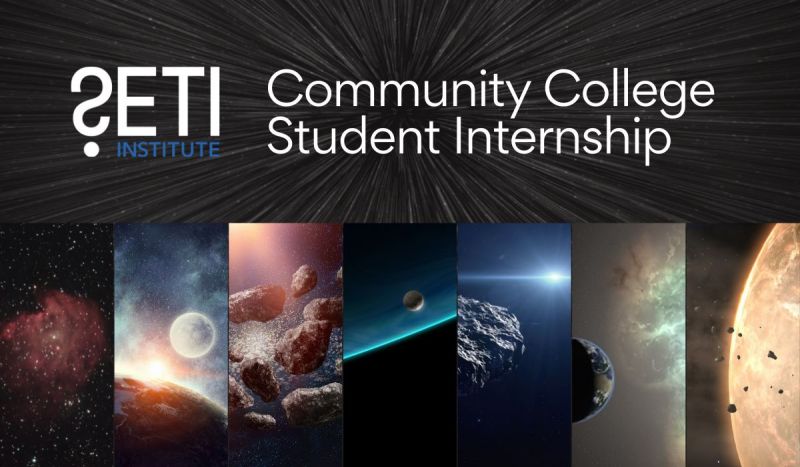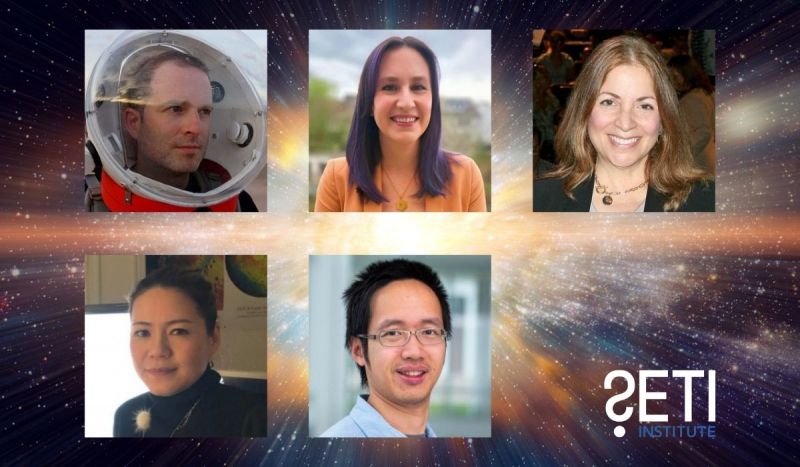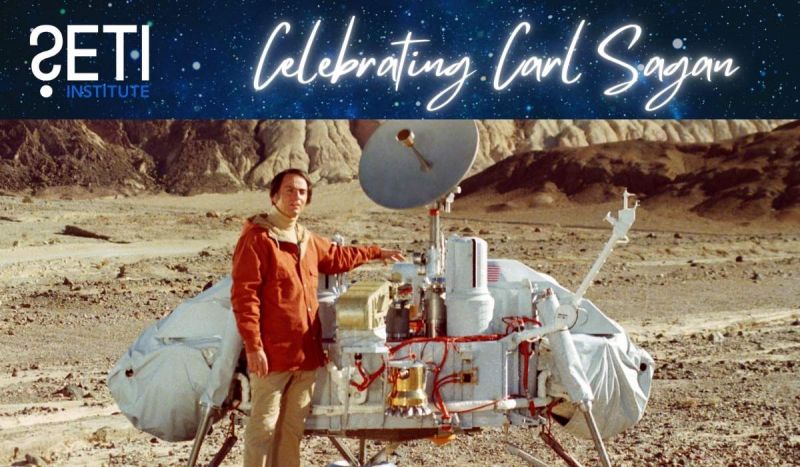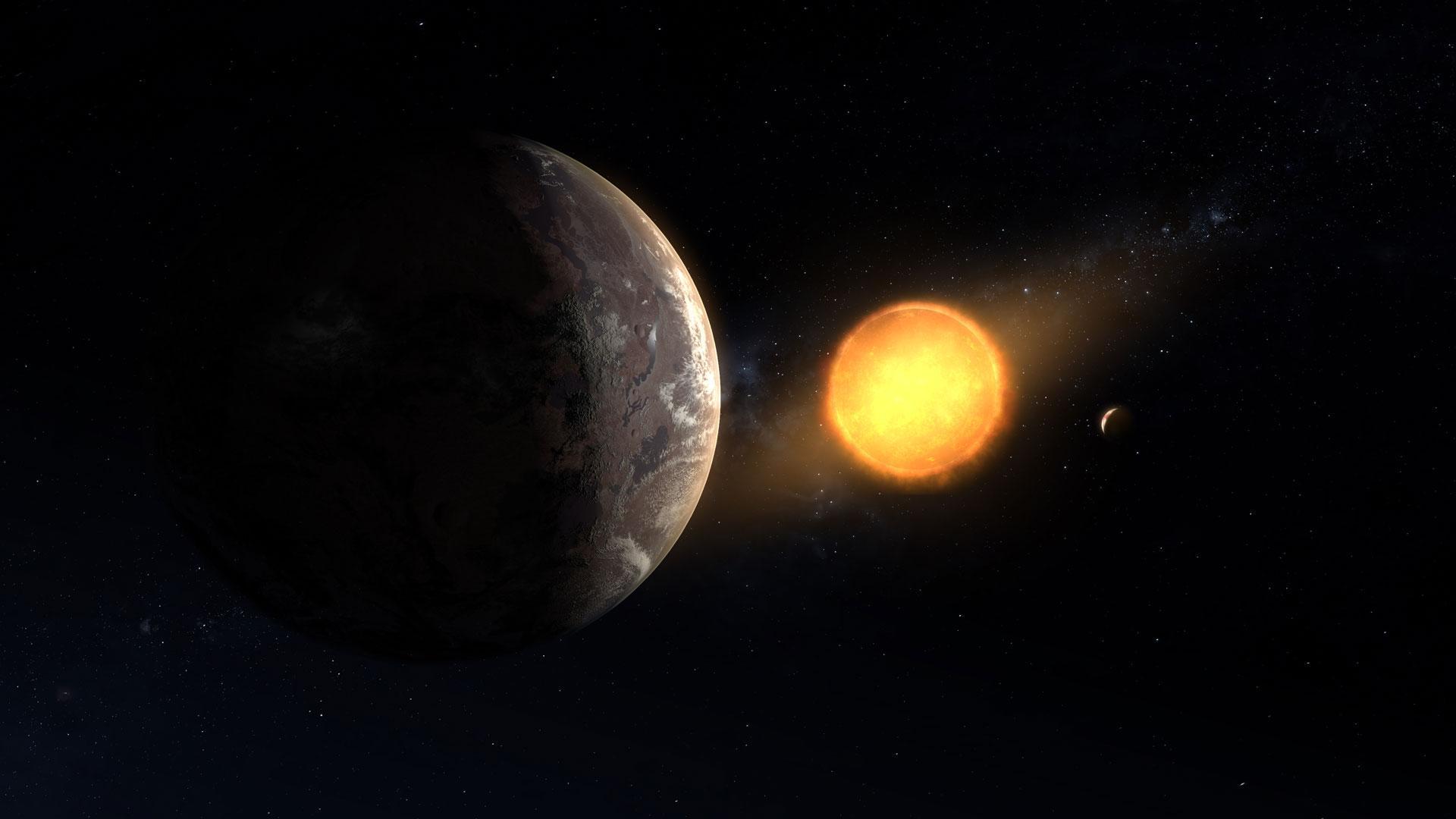
The Kepler space telescope may have run out of fuel, but it’s still fueling research and discoveries. Using data from Kepler, which was retired in 2018, astronomers have identified a habitable-zone, Earth-sized planet, Kepler-1649c, that orbits its star that is about a quarter the size of our Sun. SETI Institute scientist Jeff Coughlin is one of the co-authors of the paper.
Coughlin has been examining these signals for the better part of a decade and was a key part of the Kepler team that automated the classification stage. “There are an incredibly large number of signals in the initial detection stage that aren’t due to planets, such as those due to variable stars and spurious noise from Kepler’s electronics,” Coughlin said. “It took us years of studying these signals in-depth to gain the human expertise to distinguish them reliably, and then years more to write the computer algorithms to do it automatically.”
- Newsweek: Potentially Habitable Exoplanet That is Earth-like in Size and Temperature Discovered 300 Light-Years Away
- Forbes: Long-Dead Telescope Detects ‘Most Similar Planet To Earth Ever Found’ In A Star’s ‘Habitable Zone’
- The Register: Kepler telescope is dead but the data lives on: Earth-sized habitable zone planet found after boffins check for errors
- SyFyWire: Old Kepler data reveals a planet so eerily similar to Earth, something could be crawling on it
- Portal To The Universe: Kepler-1649c: Interesting Earth-sized Planet Turns Up in Kepler Data
- Technology.org: An Earth-Sized World Orbiting in its Star’s Habitable Zone Was Found in Older Kepler Data
- Gizmodo: Potentially Habitable Earth-Sized Exoplanet Spotted in the Kepler Reject Pile
- IFLScience: New Earth-Sized Planet Discovered Inside Star’s Habitable Zone
- SETI.org: Dedicated Team of Scientists Discover Habitable-Zone Earth-Size Planet in Kepler Data
- Facebook Live: New Earth--Like Planet in the Habitable Zone
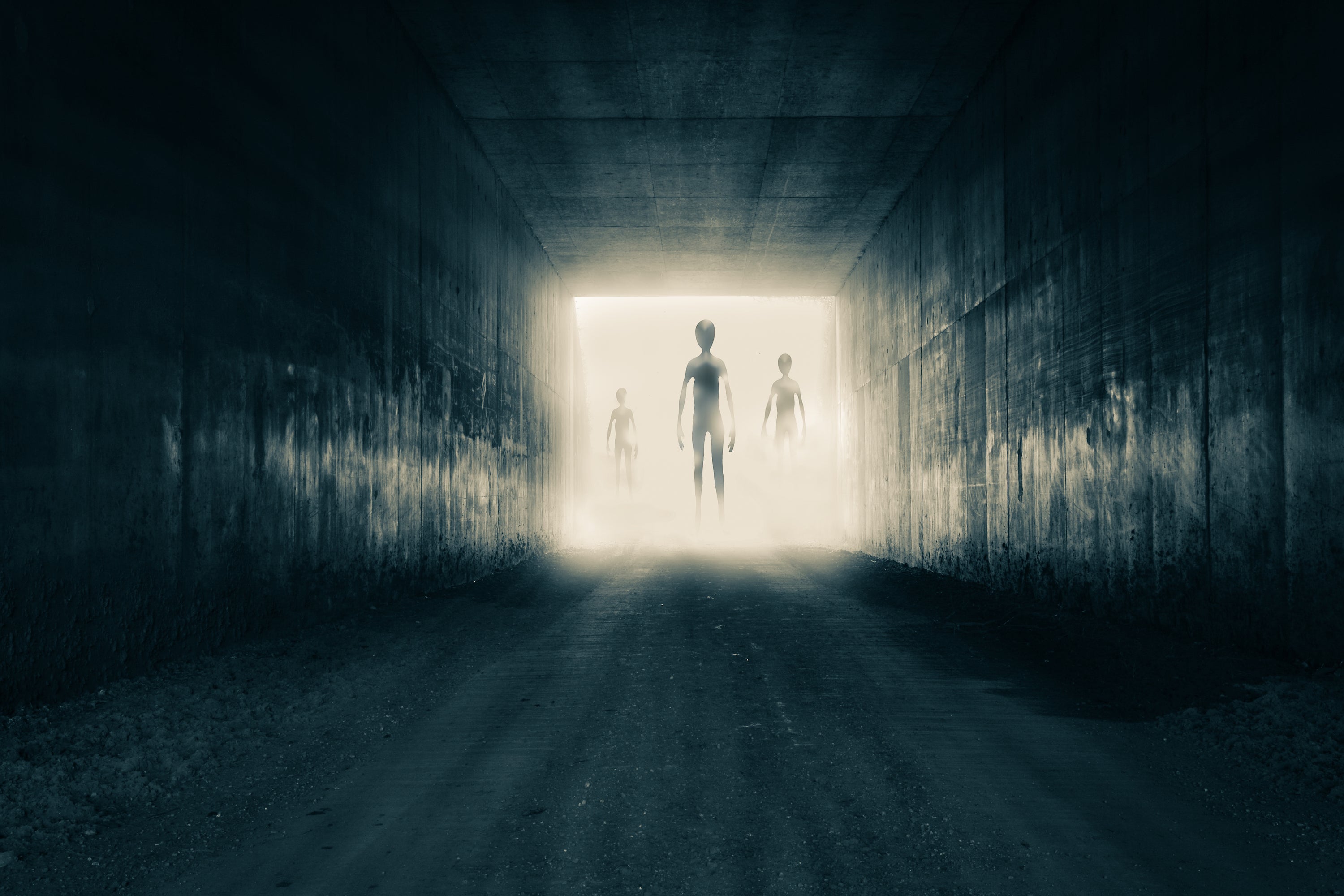 Life as We Don’t Know It
Life as We Don’t Know ItAn article published in Scientific American takes a look at how we might step outside ourselves to expand our search for extraterrestrial life by going beyond life and understanding as we historically and currently know it – to “think more like aliens.” Nathalie Cabrol, Director of the Carl Sagan Center at the SETI Institute and an astrobiologist, wants to push the boundaries of the search for life beyond Earth:
But today they seem fatally Earth-centric and human-centric. As Nathalie Cabrol of the SETI Institute wrote in a paradigm-busting 2016 Astrobiology paper, “[S]o far, in our quest to find ET, we have only been searching for other versions of ourselves.”
- Scientific American: Life as We Don’t Know It
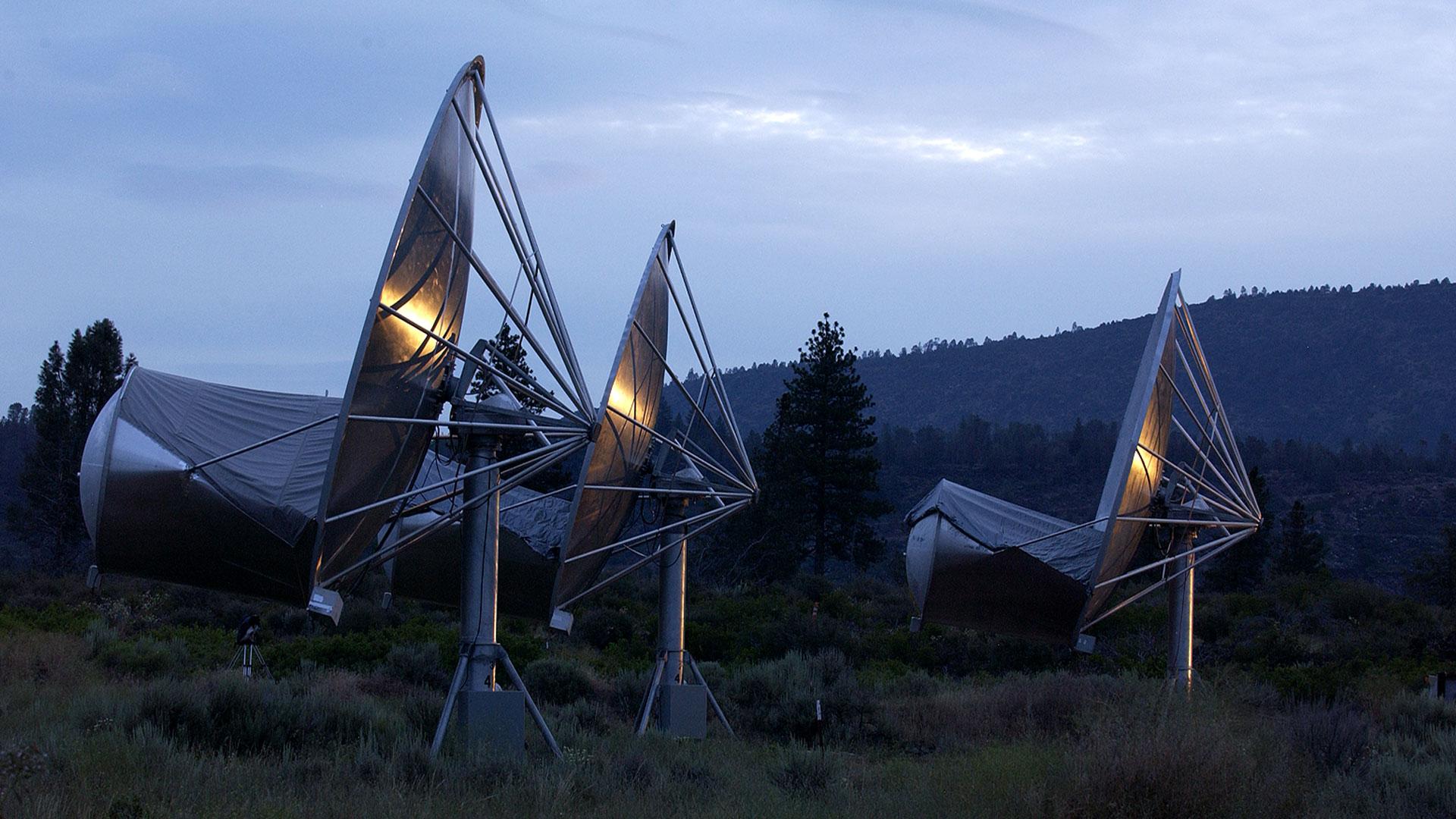 New search methods are ramping up the hunt for alien intelligence
New search methods are ramping up the hunt for alien intelligence“SETI is in a Renaissance,” Science News reports. It has been 60 years since Frank Drake made his first observations for Project Ozma using the National Radio Astronomy Observatory’s then-new 26-meter telescope in search of alien radio broadcasts. Scientists are now enlisting new strategies in their search for extraterrestrial life.
Six decades of radio silence hasn’t stopped scientists from seeking E.T…And now, with recent discoveries in astronomy, new technologies and a flush of new money, SETI is in renaissance.
Andrew Siemion, Bernard M. Oliver Chair for SETI at the SETI Institute, said, “For finding very advanced civilizations, I think the galactic center is very exciting.” There, he speculates that some super tech-savvy aliens could have built an extremely powerful radio transmitter charged by the Milky Way’s supermassive black hole.
- Science News: New search methods are ramping up the hunt for alien intelligence
- Dailyhunt: New Methods in The Search for Aliens
- Universe Today: How the World’s Biggest Radio Telescope Could be Used to Search for Aliens
- EarthSky: Will SETI 2.0 lead to a discovery of intelligent aliens?
- Smithsonian Magazine: We’re Better Equipped to Find Extraterrestrial Life Now Than Ever Before
- SETI.org: The Search Goes On
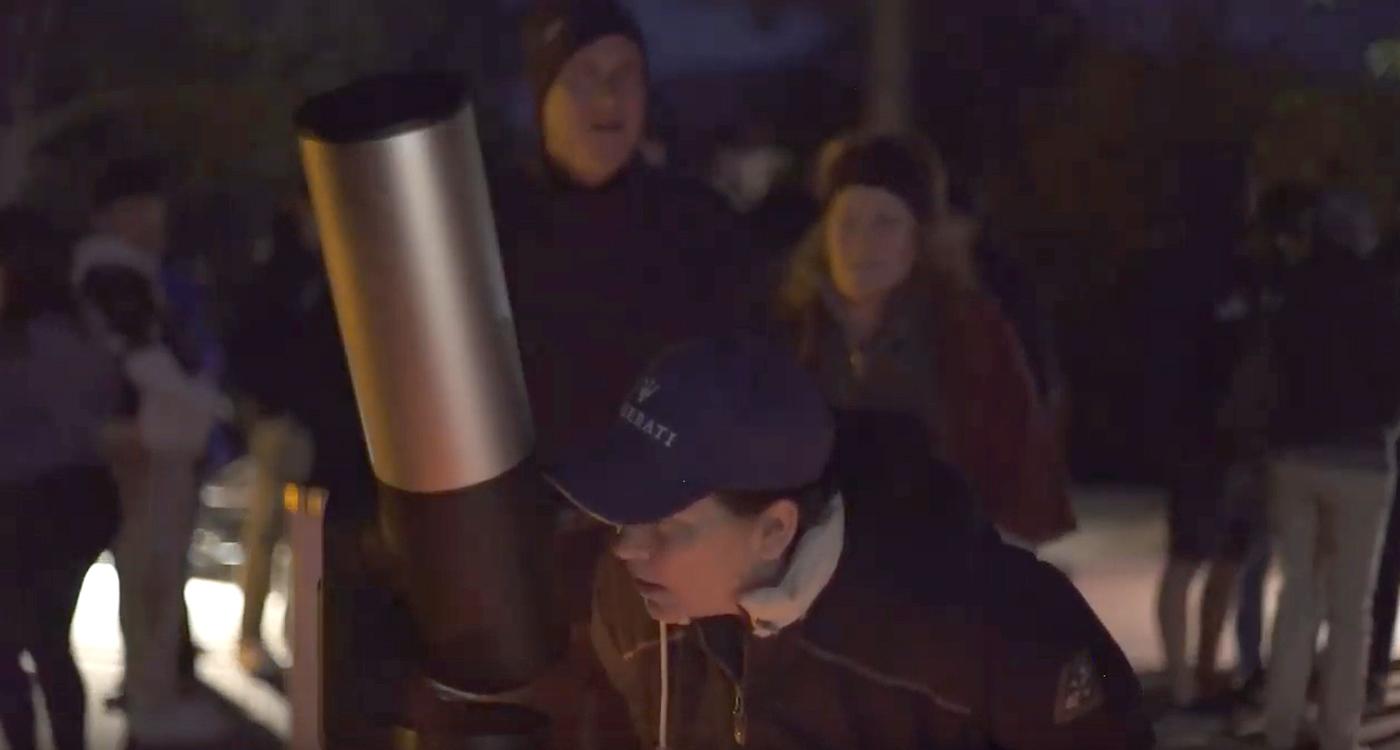 Democratizing Observational Astronomy
Democratizing Observational AstronomyMagnifying the night sky with greater sensitivity, Franck Marchis, Senior Planetary Astronomer at the SETI Institute, shares details of the new telescope innovation that can help democratize observational astronomy.
The company’s primary goal is to make observational astronomy far more fun, exciting, and easy to do than it is today, while fostering a strong, growing interest in astronomical research and citizen science.
In partnership with the SETI Institute, my team is working on developing the scientific contribution of the Unistellar network for professional astronomy research. We are building several collaborative projects with schools, museums, and community colleges, as well as non-profit organizations dedicated to astronomy like the ASP, to enhance the impact of the eVscope in astronomy and expand its potential.
- AstroBeat: Democratizing Observational Astronomy
- SETI.org: Leucus Asteroid: Efficient and Accurate Citizen Science with the Unistellar eVscope
- SETI.org: Successful Launch of Unistellar’s Global Telescope Network
- SETI.org: What Happened During Global Messier Marathon Week?
- SETI.org: Fragmentation of Comet ATLAS observed on the First Crowd-Sourced Pictures from Citizen Astronomers
 Could Mars samples brought to Earth pose a threat to our planet? What the coronavirus (and ‘Andromeda Strain’) can teach us.
Could Mars samples brought to Earth pose a threat to our planet? What the coronavirus (and ‘Andromeda Strain’) can teach us.NASA’s Mars 2020 mission and ESA’s ExoMars will each cache samples from the red planet that may eventually return to Earth for analysis. When considering bringing material from other planetary bodies to Earth, it's essential to examine safety issues. There may be lessons we can learn from both our real-time COVID-19 pandemic and a fictional extraterrestrial invasion, like that depicted in "The Andromeda Strain," a Michael Crichton's 1969 novel that was also a popular movie.
“It seems to me that public interest in Mars Sample Return safety issues would likely be sharpened by experiences of the COVID-19 pandemic,” said J. Andy Spry, a senior scientist at the SETI Institute in California and a NASA planetary protection consultant.
This would hopefully occur “in the same way that the SARS epidemic sharpened the responses of many Asian countries to the COVID-19 hazard,” Spry said. “That is, by allowing decision-makers to develop appropriate and timely responses to a microbial pathogen threat.”
That said, Spry added, such pathogens usually develop by coexisting with life on Earth, with highly specialized outbreak adaptations as part of an ongoing host-pathogen interaction.
“We can think of pathogenicity as molecular locks and keys which are virtually impossible to develop without repeated contact,” Spry said. “Thus, it is extremely unlikely for a biological entity evolving and adapting in an extraterrestrial environment to be able to take advantage of lifeforms on Earth.”
- USA News Hub: Could Mars samples brought to Earth pose a threat to our planet? What the coronavirus (and ‘Andromeda Strain’) can teach us.
- Somag News: Could Mars samples harm planet Earth?
An inspiring video segment with Dr. Jill Tarter co-founder of the SETI Institute, interviewed last summer by Chasing Atlantis. Dr. Tarter has been working for decades on the search for technosignatures, and this piece draws a correlation to connection here and beyond.
Not only does Dr. Tarter talk about alien life, but she touches on themes that we can all relate to right now - reaching out across vast distances, the need to see each other as one humanity, and how we need to face the challenges of our planet together.
 Frontier Development Lab Considers Shift to Virtual Version Due to Coronavirus
Frontier Development Lab Considers Shift to Virtual Version Due to CoronavirusFrontier Development Lab (FDL) applies AI technologies to science to push the frontiers of research and develop new tools to help solve some of the biggest challenges that humanity faces. These range from the effects of climate change to predicting space weather, from improving disaster response to identifying meteorites that could hold the key to the history of our universe.
FDL is a public-private partnership with NASA in the USA and ESA in Europe. We work with partners such as NVIDIA, Intel, Google Cloud, Mayo Clinic, IBM, Lockheed Martin, Luxembourg Space Agency, XPrize, Kx, and USGS who provide expertise and the computing resources necessary for rapid experimentation and iteration in data-intensive areas.
FDL is hosted by the SETI Institute in Mountain View, California - in partnership with NASA Ames Research Center.
Due to concerns about COVID 19, the SETI Institute is rethinking how to host FDL and making preparations for the possibility of conducting the 2020 program virtually.
- Nextgov: Summer Space Program Considers Shift to Virtual Version Due to Coronavirus
- SETI.org: Frontier Development Lab COVID-19 Update; April 14 Application Deadline
- SETI.org: FDL 2020 Challenge Briefing
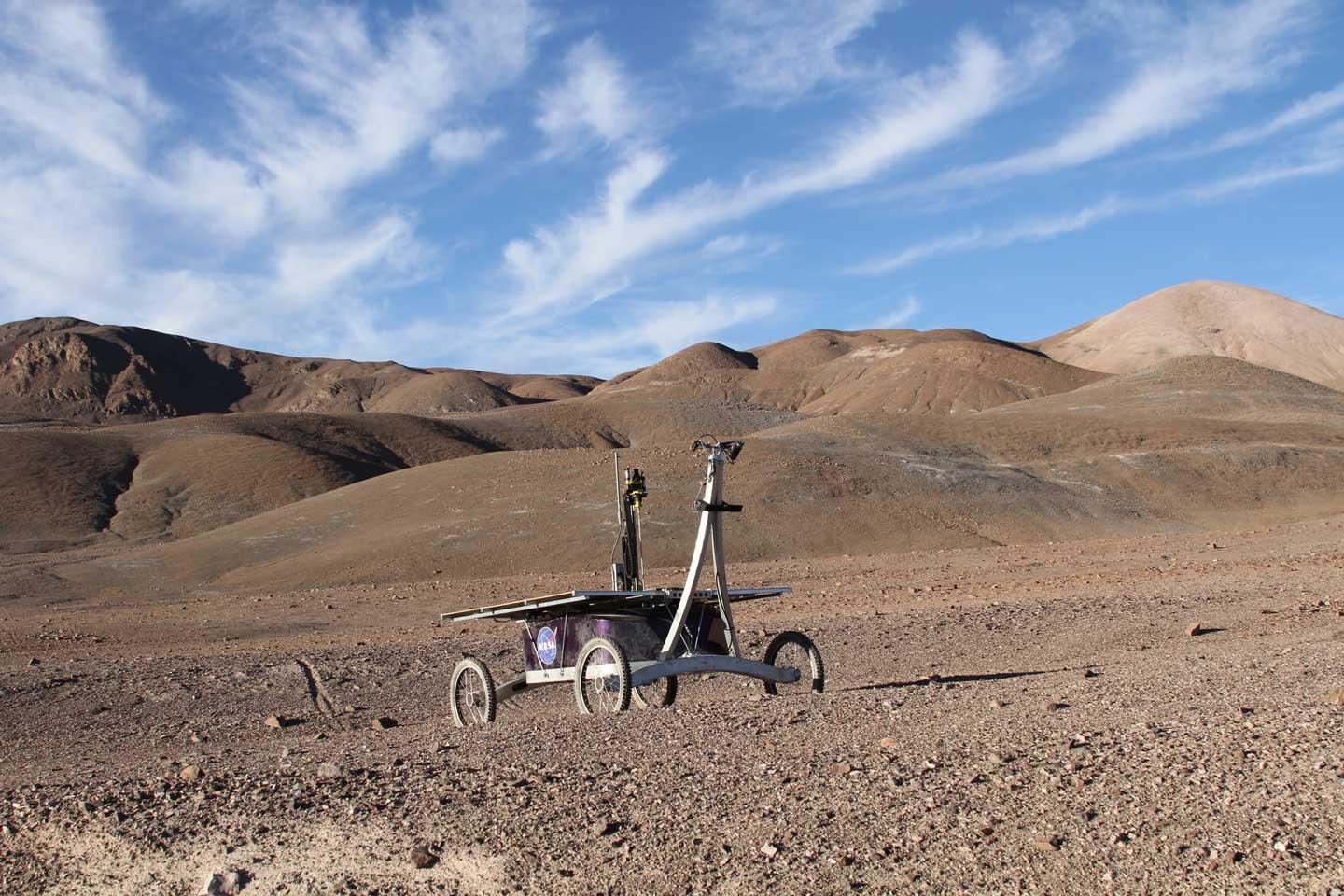 Clues to life on Mars have been found in the Chilean desert
Clues to life on Mars have been found in the Chilean desertRunning on the assumption that life on Mars may need to live underground to escape the harsh conditions on the surface of the red planet, Professor Stephen Pointing and Dr. Nathalie Cabrol, Director of the Carl Sagan Center at the SETI Institute, look at earthly clues in microorganisms collected by a NASA rover drilling three feet underground in Chile’s Atacama Desert. A look at soil from this ‘Mars-like’ extreme environment on Earth will hopefully give scientists a clearer picture of what they might find on Mars.
- INFOSURHOY: Clues to life on Mars have been found in the Chilean desert
- SETI.org: CMU’s Zoë Rover Shows Robots Can Find Subterranean Organisms
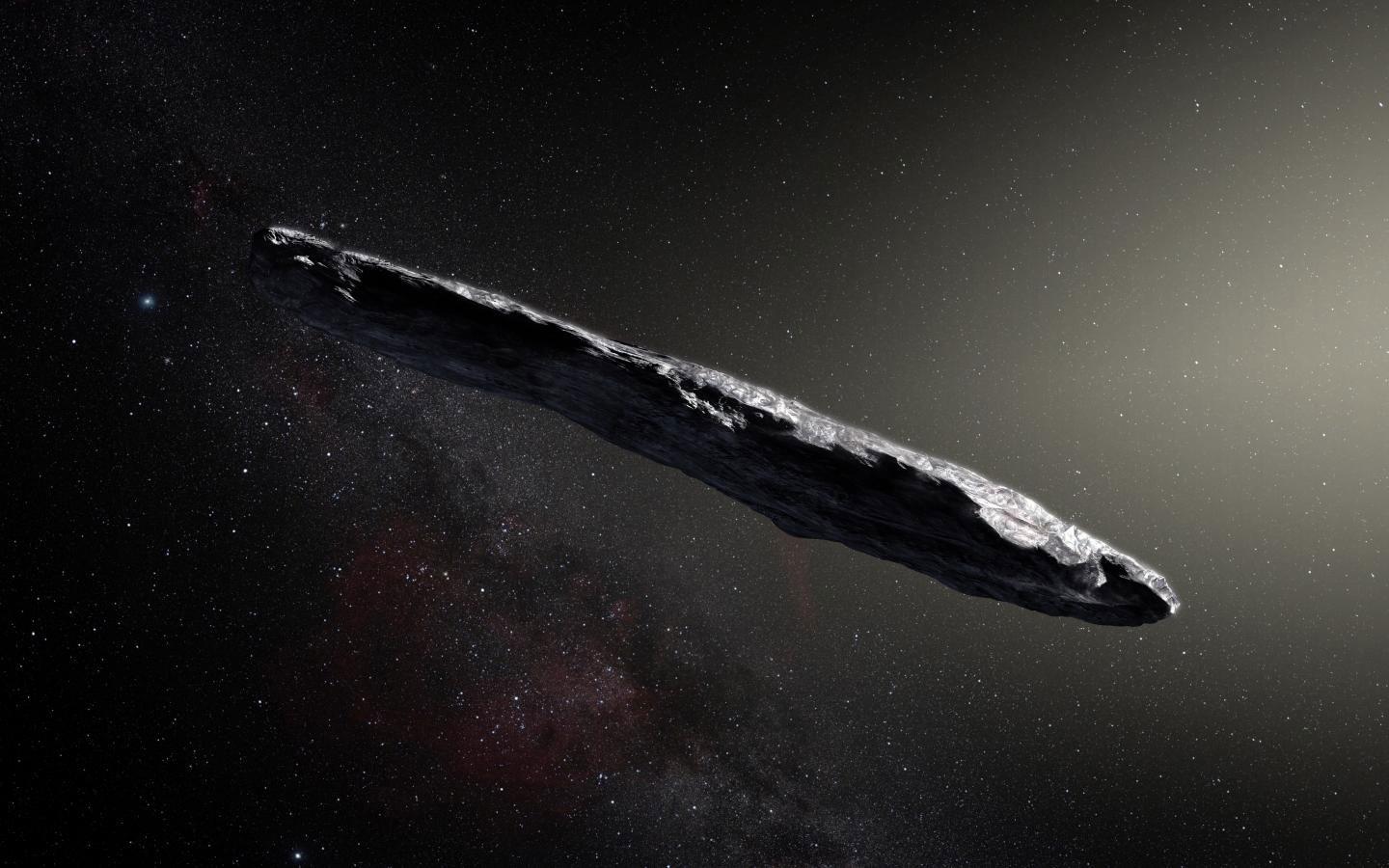 A new ’Oumuamua theory could mean many more interstellar visitors are headed our way
A new ’Oumuamua theory could mean many more interstellar visitors are headed our wayIn 2017, we discovered the first astronomical object to enter the Solar System from interstellar space. ‘Oumuamua (Hawaiian for “scout”) was discovered by the Pan-STARRS survey team in Hawaii on October 19th.
Now Yun Zhang, Observatoire de la Côte d’Azur in France, looks at how tidal disruption may have played a part in the shape and force behind ’Oumuamua. Based on simulations, perhaps we can expect more objects to emerge that are similar to this one or even beyond evolving expectations of scientists.SETI Institute scientist Matija Ćuk commented on the new research, which expanded on some of his own theories:
Neither the “comet” nor the “asteroid” label fit well, suggesting that something new had formed around 'Oumuamua’s host star. Guesses ranged from alien spaceship to fluffy ice cloud. “It’s really a mystery,” says Matija Ćuk, an astronomer at the SETI Institute. “We really don’t understand it.”
In late 2017, Ćuk suggested that a phenomenon called “tidal disruption” could have birthed the cigar-shaped object. Tidal forces lie behind gravity’s ability to distort a body, such as when the sun stretches the Earth’s girth, resulting in the daily rise and fall of oceans against the shore. They’re also one of the many ways a black hole could kill an astronaut, stretching her out like a piece of spaghetti. Ćuk proposed that a similar event could have shredded an entire planet into ribbon-like strands, and that 'Oumuamua was a piece of flotsam from one such Armageddon.
- Popular Science: A new ’Oumuamua theory could mean many more interstellar visitors are headed our way
- Nature Astronomy: Tidal fragmentation as the origin of 1I/2017 U1 (‘Oumuamua)
- SETI.org: The Three Surprises of ‘Oumuamua
 Formation of original Saturn rings is not easy. What are the age indicators of Saturn’s “ring”?
Formation of original Saturn rings is not easy. What are the age indicators of Saturn’s “ring”?Are Saturn’s rings young or old? What created them? A combination of observation and simulated data modeling is helping scientists ponder these questions. SETI Institute scientist Matija Ćuk has conducted research in this area:
After a scientific investigation, although these are very good ideas, how many comets are flying around the solar system, and you do not have enough conditions to make this happen. At least in the past hundreds of millions of years, the probability of such a setting occurring is only a few percent. At this time, scientists began to assume that the entire process did not involve the comet. The mother of the “ring” is not the external Saturn system, but entirely from the inside. Matija? Uk of the SETI Institute and other researchers discovered that when the planet was in cross-orbit with the satellite, something unexpected happened: about 100 million years ago, in this computer model that traces the satellite ’s orbit Everything in it deviates slightly from its original trajectory. The satellite was pushed down into Saturn ’s orbit. Although these trajectories have not been observed today, simulated data shows that it happened.
- Medium: Formation of original Saturn rings is not easy. What are the age indicators of Saturn’s “ring”?
In last week’s episode, meet ecologist Carl Safina who understands why many of us turn to nature to find solace during this stressful time and offers reasons to reconnect and hope in The Other Living World. In our previous week’s episode, join Max Brooks and find out what a zombie attack and a viral pandemic have in common in Zombies, Bigfoot, and Max Brooks.
Recent Facebook Live episodes include:
- New Earth-Like Planet in the Habitable Zone with Jeff Coughlin, Andrew Vanderburg, Pam Rowden, and Simon Steel
- Isolation to Exploration - A Conversation with Nathalie Cabrol and Simon Steel.
- Fireside Chat with CEO Bill Diamond
- Comet 2I/Borisov Interstellar Visitor - A discussion with Research Scientist Michael Busch and Senior Director of Education and STEM programs Simon Steel
- Wind Blown Features on Mars with Lori Fenton and Simon Steel
As always, videos of all past Facebook Live events can be found on our Facebook page: https://www.facebook.com/SETIInstitute/


